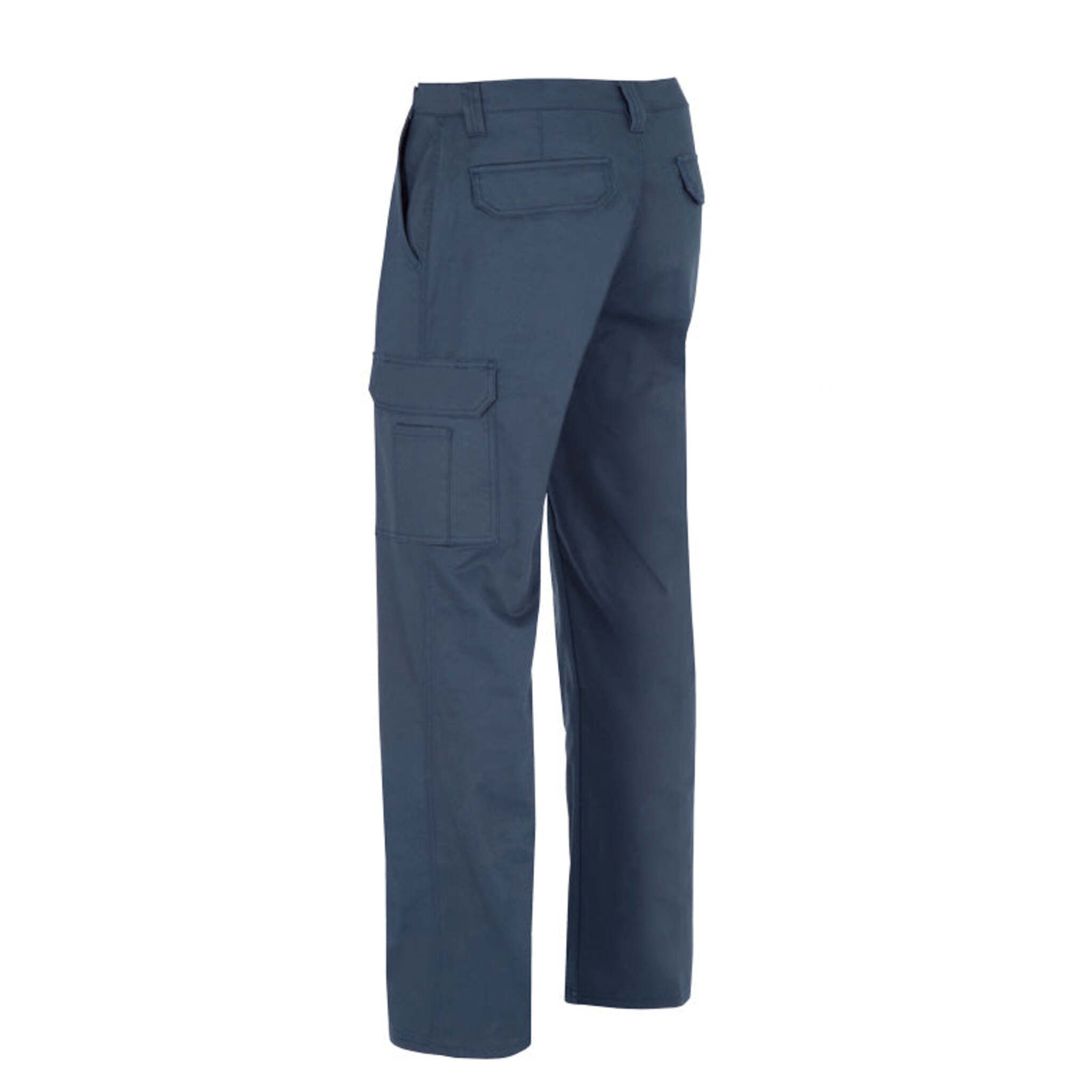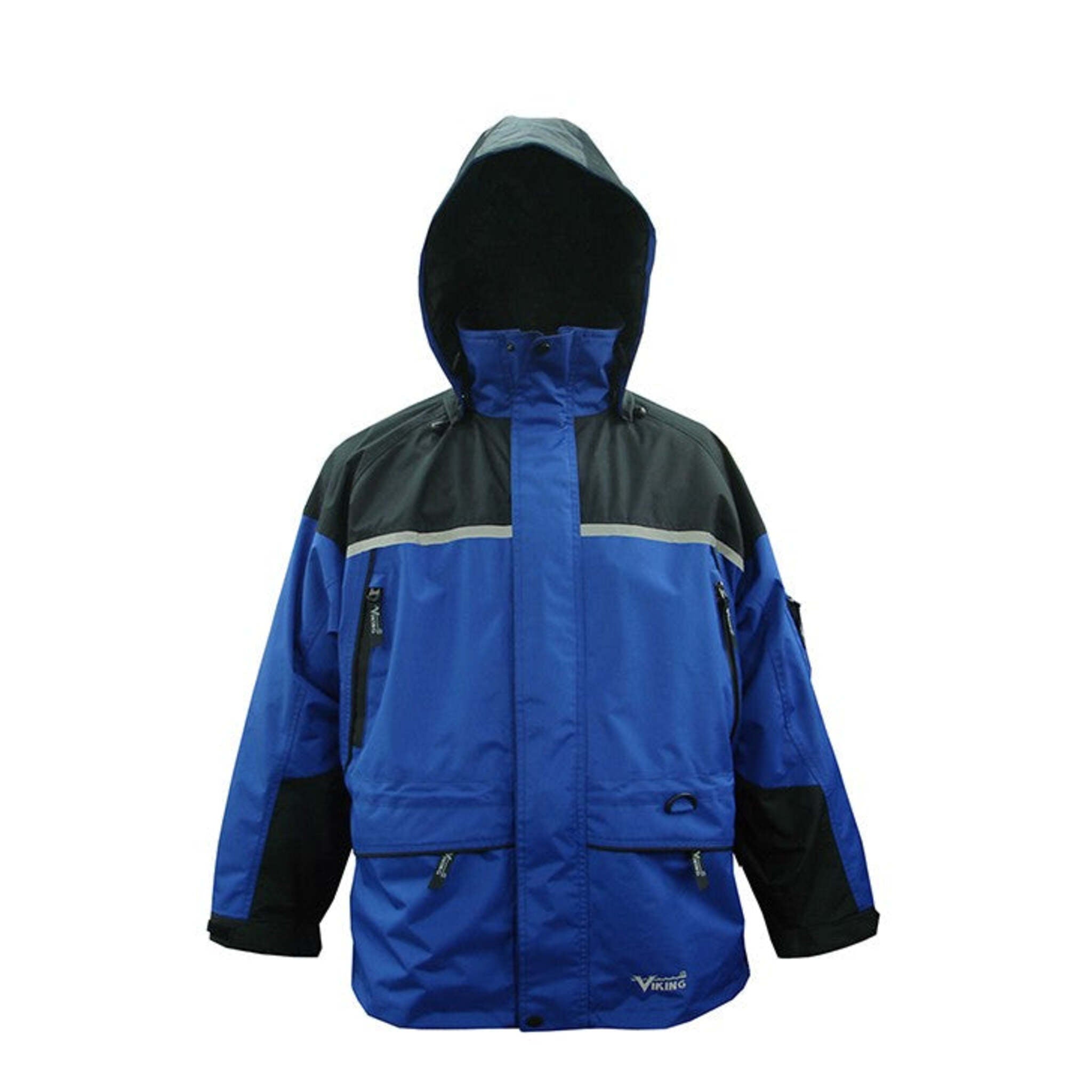Categories
- Shop All (6134)
-
-
- Hi-Vis Chainsaw Safety (14)
- Hi-Vis Coveralls and Overalls (33)
- Hi-Vis Hoodies and Shirts (47)
- Hi-Vis Jackets (44)
- Hi-Vis Pants (23)
- Hi-Vis Rain Wear (54)
- Hi-Vis Vests (59)
- Winter Hi-Vis Bombers and Parkas (28)
- Winter Hi-Vis Coveralls and Overalls (26)
- Winter Hi-Vis Hoodies (4)
- Winter Hi-Vis Pants (4)
- Winter Hi-Vis Vests (8)
-
- Bib Overalls (14)
- Bombers and Parkas (18)
- Coveralls and Overalls (18)
- Disposable Garments (13)
- Flannel and Plaid Work Shirts (25)
- Heated Work Wear (18)
- Hoodies and Sweaters (12)
- Industrial Rainwear (55)
- Pants and Shorts (78)
- Shirts and Sweaters (43)
- Thermal Underwear (45)
- Vests (22)
- Work Jackets (79)
-
-
-
-
- Brooms (0)
- Carts (0)
- Dust Mops (0)
- Dust Pans and Brushes (0)
- Flow Thru Tools (2)
- Microfiber Mops (0)
- Pool and Tank Tools (3)
- Scrubbers and Scrapers (1)
- Soap and Sanitizer Dispensers (1)
- Sprayers (4)
- Squeegees (1)
- Toilet Brushes and Plungers (1)
- Trash Cans & Bags (8)
- Wet Floor Signs (0)
- Wet Mops and Buckets (1)
-
- Bars and Prying Tools (22)
- Bolt Cutters and Shears (17)
- Chisels and Punches (12)
- Combination Hand Tool Sets (6)
- Extractors (12)
- Files (14)
- Gear Pullers (14)
- Hammers and Mallets (15)
- Hand Saws (6)
- Hex Keys (10)
- Layout and Distance Lasers (2)
- Marking Tools (1)
- Measuring Tools (24)
- Pliers (46)
- Precision Measuring and Testing Tools (15)
- Propane Torches (8)
- Screwdrivers and Nutdrivers (22)
- Sockets (60)
- Tap and Die Sets (4)
- Tool Boxes (16)
- Utility Knives (18)
- VDE Tools (7)
- Wire Cutters and Strippers (14)
- Wrenches (21)
-
- Beveling and Deburring (17)
- Curb and Valve Keys (19)
- Drilling and Tapping (8)
- Extended Impact Sockets (3)
- Flaring and Rerounding (7)
- General Pipe Working Tools (19)
- Guillotine Pipe Cutters (2)
- Hydrostatic Test Pumps (8)
- Internal Pipe Cutters (6)
- PE Peelers (8)
- Pipe Reamers (4)
- Pipe Threading (15)
- Pipe Wrenches (18)
- Plastic Pipe Joint Kits (2)
- Plastic Pipe Saws (5)
- Power Drive (6)
- Quick Release Cutters (17)
- Ratchet Shears (6)
- Ratcheting Wrenches (9)
- Rotary Cutters (3)
- Shut Off Tools (9)
- Soldering Torches (3)
- Vises (7)
-
- Angle Grinders (6)
- Batteries and Chargers (11)
- Bench Grinders (3)
- Circular Saws (2)
- Combo Tool Kits (10)
- Cordless Fans (6)
- Cordless Lighting (15)
- Cut Off Saws (4)
- Drills and Drivers (8)
- Grease Guns (3)
- Impact Drivers (5)
- Jobsite Radios and Speakers (9)
- Lifestyle (7)
- Mitre Saws (2)
- Reciprocating Saws (4)
-
- Angle Grinder Wheels and Brushes (25)
- Bench Grinder Wheels (7)
- Circular Saw Blades (11)
- Drill and Driver Bits (29)
- High Speed Gas Saw Blades (3)
- Holesaws (11)
- Impact Sockets (23)
- Jig Saw Blades (2)
- Oscillating Multi Tool Blades (2)
- Portable Chop Saw Blades (6)
- Power Tool Storage (5)
- Reciprocating Saw Blades (8)
-
-
-
-
- Air Fresheners (2)
- All Purpose Cleaners (19)
- Bowl and Washroom (8)
- Coffee and Breakroom (21)
- Degreasers (3)
- Dishwashing (4)
- Disinfectants and Sanitizers (1)
- Drain Openers (7)
- Hand Cleaners (16)
- Laundry Cleaners (10)
- Paper Products and Wiper Rags (24)
- Scale Removers (2)
- Urinal Pucks and Liquids (5)
- Wet Wipes (4)
-
-
- Ball Valves (13)
- Black and Galvanized Steel Fittings (16)
- Bronze Pipe Fittings and Nipples (16)
- Butterfly Valves (5)
- Check Valves (10)
- Flexible Connectors (2)
- Gate and Globe Valves (6)
- Knife Gate Valves (9)
- Pipe Fitting Accessories (7)
- Schedule 80 PVC Fittings (31)
- Stainless Steel Fittings and Valves (12)
- Victaulic Grooved Fittings (21)

Work Wear
447 products
Showing 409 - 432 of 447 products








Work Wear
Work wear serves a crucial role in various industries, providing workers with the necessary protection, comfort, and identification they need to perform their jobs safely and effectively. Whether it's protective clothing, high visibility work wear, safety footwear, or gloves, the right work wear plays a vital role in maintaining a safe work environment. In this article, we will explore the importance of work wear, the different types available, how to select the right work wear, care and maintenance tips, customization options, advancements in technology, and more.
Introduction to Work Wear
Work wear refers to the specialized clothing and gear worn by workers to ensure their safety, comfort, and identification in the workplace. It is designed to meet specific industry standards and protect workers from various hazards, such as physical injuries, chemicals, fire, or extreme weather conditions. Work wear is a critical component in promoting a safe and productive work environment.
Importance of Work Wear for Safety and Performance
Personal Protective Equipment (PPE)
Work wear serves as personal protective equipment (PPE) that shields workers from potential workplace hazards. Whether it's protective clothing, gloves, safety footwear, or helmets, PPE plays a crucial role in preventing injuries and minimizing the impact of accidents.
Enhancing Visibility and Identification
Certain work environments require high visibility work wear to ensure workers can be easily seen by their colleagues, equipment operators, or pedestrians. High visibility garments, often in bright colors and with reflective materials, help improve visibility and prevent accidents in low-light or high-traffic areas.
Comfort and Mobility
Comfortable work wear allows workers to perform their tasks with ease and flexibility. Properly designed work wear takes into account factors such as breathability, moisture-wicking properties, ergonomic design, and freedom of movement. Comfortable work wear enhances productivity and reduces fatigue, leading to improved overall performance.
Types of Work Wear
Protective Clothing
Protective clothing includes items such as coveralls, safety vests, flame-resistant garments, and chemical-resistant suits. These garments are designed to provide specific protection against various workplace hazards, including chemicals, heat, flames, or physical impacts.
High Visibility Work Wear
High visibility work wear, often in fluorescent colors with reflective strips, is crucial in environments where visibility is compromised. These garments are commonly used in construction sites, roadwork, warehouses, and other settings where workers need to be easily seen to prevent accidents.
Safety Footwear
Safety footwear is designed to protect the feet from specific hazards, such as falling objects, punctures, electrical hazards, or slippery surfaces. Safety shoes or boots are typically equipped with features like reinforced toecaps, slip-resistant soles, and insulation against electrical currents.
Gloves and Hand Protection
Gloves and hand protection are essential for workers in industries where hands are exposed to potential hazards, such as sharp objects, chemicals, extreme temperatures, or vibrations. Different types of gloves, such as cut-resistant, chemical-resistant, or heat-resistant gloves, offer specific protection depending on the task at hand.
Selecting the Right Work Wear
Choosing the appropriate work wear involves considering several factors:
Assessing Job Requirements and Hazards
Evaluate the specific job tasks, work environment, and potential hazards workers may encounter. Identify the types of protection and certifications required for the job, such as flame-resistant clothing, chemical-resistant gloves, or steel-toe safety footwear.
Compliance with Safety Standards
Ensure that the work wear meets relevant safety standards and regulations specific to the industry. Look for certifications or markings that indicate compliance, such as ANSI/ISEA for high visibility work wear or ASTM for protective clothing.
Fit, Comfort, and Durability
Work wear should fit properly to ensure maximum protection and comfort. Consider factors such as sizing options, adjustable features, and ergonomic design. Choose durable materials that can withstand the demands of the job and provide long-lasting performance.
Proper Care and Maintenance of Work Wear
Maintaining work wear properly helps extend its lifespan and ensures its continued effectiveness:
Washing and Cleaning Guidelines
Follow the manufacturer's washing instructions for each type of work wear. Use appropriate detergents and wash the garments at the recommended temperature. Avoid using bleach or harsh chemicals that can compromise the fabric's integrity or protection.
Inspecting for Damage or Wear
Regularly inspect work wear for signs of damage, wear, or deterioration. Look for frayed seams, tears, holes, or faded colors. Replace any damaged or worn-out garments promptly to maintain their protective qualities.
Customization and Branding Options
Work wear can be customized to meet specific branding or identification needs:
Company Logos and Identifiers
Many work wear manufacturers offer options to include company logos, names, or identifiers on garments. This customization allows for easy identification of workers and enhances the professional image of the company.
Customizable Features
Some work wear may have customizable features, such as adjustable straps, pockets, or removable liners. These options allow workers to personalize their work wear for increased comfort and functionality.
Advancements in Work Wear Technology
Advancements in technology have led to the development of innovative features in work wear:
Smart Work Wear
Smart work wear incorporates technology, such as sensors, communication devices, or GPS tracking, to enhance safety, monitor vital signs, or provide real-time data. These advancements enable better communication, improve situational awareness, and facilitate prompt responses to emergencies.
Breathable and Moisture-Wicking Fabrics
Newer work wear utilizes breathable and moisture-wicking fabrics that help manage perspiration and keep workers comfortable in various working conditions. These fabrics allow heat and moisture to escape while providing protection from external elements.
Conclusion
Work wear plays a critical role in ensuring the safety, comfort, and identification of workers in various industries. By understanding the importance of work wear, the different types available, how to select the right work wear, and proper care and maintenance guidelines, employers can create a safer and more productive work environment. Investing in high-quality work wear and staying updated with advancements in technology can enhance worker safety, performance, and overall well-being.
FAQs
- Are employers responsible for providing work wear to employees?
In many industries, employers are responsible for providing appropriate work wear and personal protective equipment to their employees. It is important for employers to comply with relevant safety regulations and ensure that workers have the necessary protective gear to perform their jobs safely.
- Can work wear be used for personal activities outside of work?
While work wear is designed specifically for occupational hazards, some types of work wear, such as high visibility garments, may also be suitable for certain outdoor activities or situations where visibility is important, such as cycling, jogging, or roadside emergencies. However, it's essential to ensure that the work wear meets the necessary safety standards for those activities.
- How often should work wear be replaced?
The lifespan of work wear varies depending on factors such as usage, exposure to hazards, and adherence to maintenance guidelines. Regular inspections should be conducted to identify signs of wear or damage. Work wear should be replaced promptly if it no longer meets the necessary safety requirements or shows significant wear that compromises its protective qualities.
- Can work wear be repaired if it gets damaged?
Minor repairs, such as fixing small tears or replacing buttons, can be done to extend the life of work wear. However, it is important to consult the manufacturer's guidelines and consider the type of damage. For major damage or if the protective qualities are compromised, it is advisable to replace the work wear to ensure adequate protection.
- Can work wear be used as a substitute for safe work practices?
While work wear provides an important layer of protection, it should not be considered a substitute for safe work practices. Proper training, adherence to safety procedures, and the use of other safety measures are equally important in maintaining a safe work environment. Work wear should be used in conjunction with other safety measures to minimize risks and promote a culture of safety.


























































